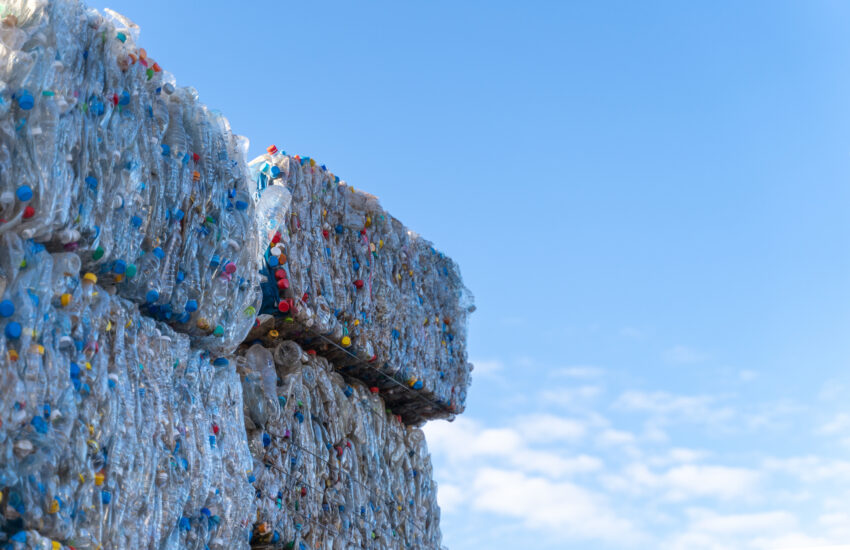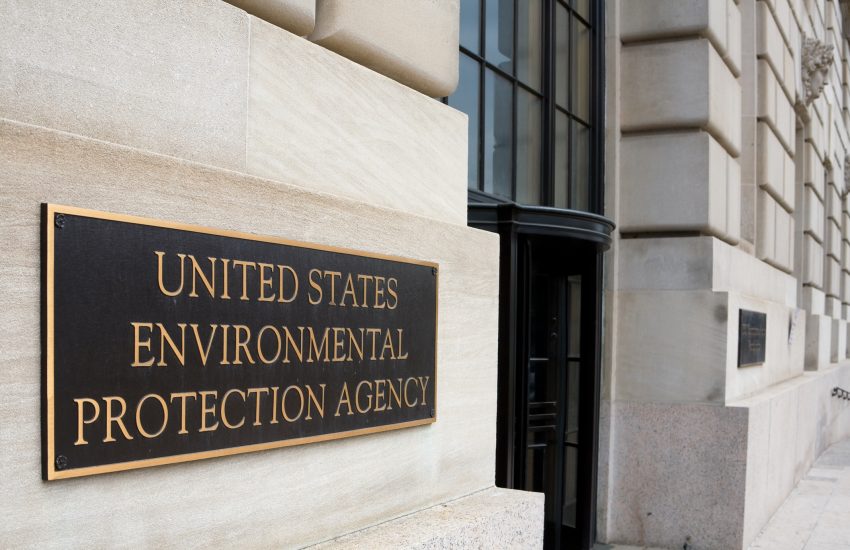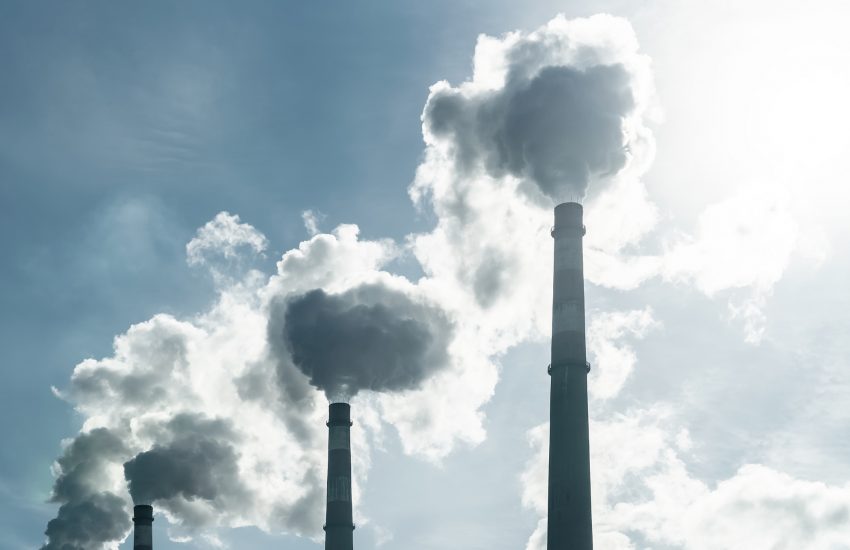Last month, the New York State Assembly demurred from taking up a vote for the second time on the Packaging Reduction and Recycling Infrastructure Act (“PRRIA”). The PRRIA was designed to cause a restructuring of the life cycle of packaging within the state by fundamentally shifting the burden of handling packaging waste from municipalities and consumers to the corporations manufacturing them in the first place.
As a threshold matter, the PRRIA was intended to reduce plastic packaging by 30 percent within the next 12 years, …
Continue Reading









